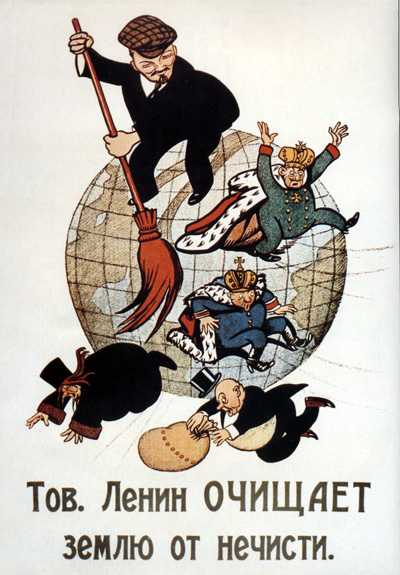The Battle of Cable Street was a series of clashes that took place at several locations In the inner East End, notably Cable Street on Sunday 4 October 1936. It was a clash between the Metropolitan Police, sent to protect a march by members of the British Union of Fascists led by Oswald Mosley, and various anti-fascist demonstrators, including local trade unionists, communists, anarchists, British Jews, and socialist groups. The majority of both marchers and counter-protesters travelled into the area for this purpose.
It had become known that the British Union of Fascists (BUF) were organising a march to take place on Sunday 4 October 1936, sending thousands of marchers dressed in their Blackshirt uniform through the heart of the East End (an area which then had a large Jewish population).
The fascists began to gather at Tower Hill from around 2pm, and there were a number of clashes around Tower Hill, Minories, Mansell Street and the vicinity.
The anti-fascist groups built roadblocks in an attempt to prevent the march from taking place. The barricades were constructed near the junction with Christian Street in Stepney, towards the west end of this long street. The main confrontation took place around Gardiner's department store in Whitechapel. An estimated 20,000 anti-fascist demonstrators turned out, and were met by 6,000–7,000 policemen (including mounted police), who attempted to clear the road to permit the march of 2,000–3,000 fascists to proceed. The demonstrators fought back with sticks, rocks, chair legs and other improvised weapons. Rubbish, rotten vegetables and the contents of chamber pots were thrown at the police by women in houses along the street.
The BUF marchers were dispersed towards Hyde Park instead while the anti-fascists fought with police. About 150 demonstrators were arrested, although some escaped with the help of other demonstrators. Around 175 people were injured including police, women and children. In the end, Mosley ordered the Blackshirts to retreat. Police escorted them back to central London.
Following the battle The Public Order Act of 1936 outlawed the wearing of political uniforms and forced organisers of large meetings and demonstrations to obtain police permission. Many of the arrested demonstrators reported harsh treatment at the hands of the police. The event is frequently cited by modern Anti-fascist movements as "...the moment at which British fascism was decisively defeated" although the BUF actually experienced an increase in membership after the event.
Many leading British communists were present at the Battle of Cable Street. Some examples include, Bill Alexander the commander of the International Brigade's British Battalion :spanish-republican: , Charlie Hutchison one of the liberators of Belsen concentration camp and the only black British volunteer to join the International Brigades, and pioneering journalist and war correspondent Alan Winnington , were all present and partially credit the battle for shaping their political beliefs. Communist activist Gladys Keable the future children's editor of the Morning Star , and her husband and fellow communist Bill Keable who would become the Morning Star's director, were both present at the Battle of Cable Street. The Morning Star described the Jewish Communist activist Max Levitas as the "last survivor of the Battle of Cable Street".
Between 1979 and 1983, a large mural depicting the battle was painted on the side of Stepney Town Hall. It stands in Cable Street, about 150 yards (140 m) west of Shadwell overground station. A red plaque in Dock Street commemorates the incident
1936: The Battle of Cable Street
Anti-fascist protests in London 1936 | BFI National Archive :af:
Megathreads and spaces to hang out:
- ❤️ Come listen to music and Watch movies with your fellow Hexbears nerd, in Cy.tube
- 💖 Come talk in the New Weekly Queer thread
- 💛 Read and talk about a current topics in the News Megathread
- 💚 Come and talk in the Daily Bloomer Thread
- ⭐️ September Movie Nominations ⭐️
reminders:
- 💚 You nerds can join specific comms to see posts about all sorts of topics
- 💙 Hexbear’s algorithm prioritizes comments over upbears
- 💜 Sorting by new you nerd
- 🌈 If you ever want to make your own megathread, you can reserve a spot here nerd
- 🐶 Join the unofficial Hexbear-adjacent Mastodon instance toots.matapacos.dog
Links To Resources (Aid and Theory):
Aid:
Theory:


 bazango
bazango
